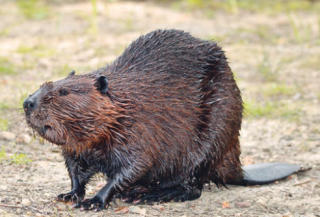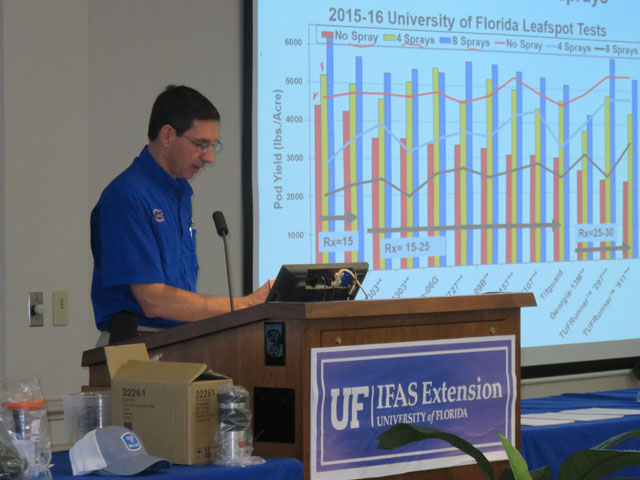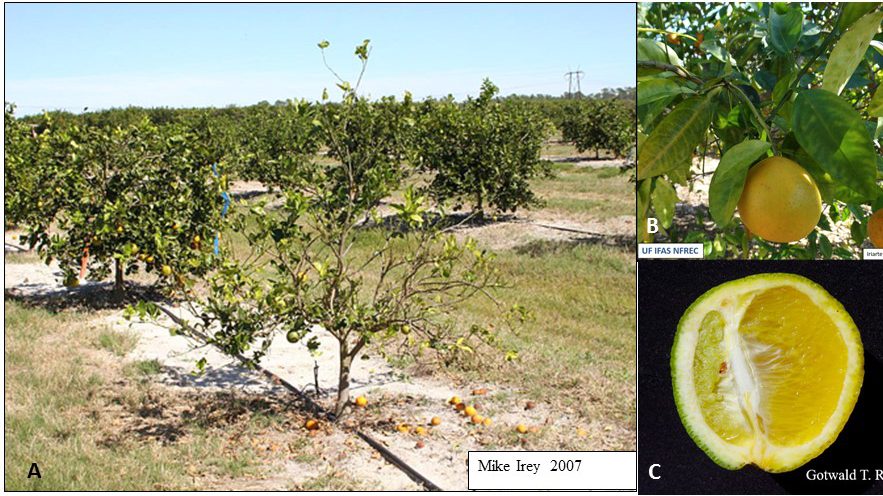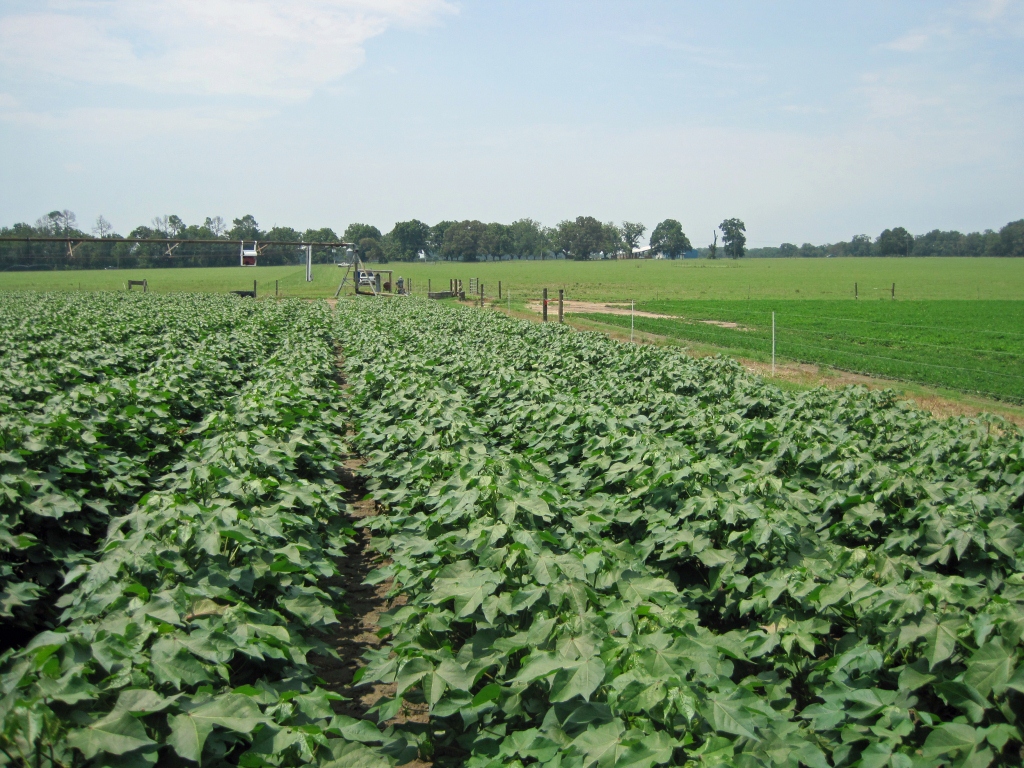
by Doug Mayo | Mar 17, 2017
On February 20, 2017 Florida Commissioner of Agriculture Adam H. Putnam and the Florida Forest Service announced the release of “FLBurnTools,” a new mobile app to inform the public about drought, wildfire danger and wildfire activity. Prescribed burn practitioners can...

by Judy Biss | Mar 10, 2017
Even though the “work” beavers do can sometimes cause frustration to land owners, they are truly amazing creatures. A number of questions have come into the Extension Office lately about managing beavers, so it is a good time to discuss a little about the history and...

by Ethan Carter | Mar 10, 2017
The annual Panhandle Row Crop Short Course was hosted by Jackson County Extension on Thursday, March 2, 2017. Extension Specialists from Florida, Georgia, and Alabama spoke to attendees providing production recommendations and various management tips for row crops...

by Fanny Iriarte | Mar 3, 2017
F. Iriarte, X. Martini, M. Paret, UF/IFAS North Florida Research and Education Center (NFREC) Quincy, and E. Lovestrand, UF/IFAS Franklin Co. Extension Huanglongbing (HLB), also known as Yellow Shoot or Citrus Greening is a devastating disease of citrus worldwide. The...

by jferrell | Mar 3, 2017
Jay Ferrell, UF/IFAS Weed Extension Specialist, & Ramon Leon, UF/IFAS WFREC Weed Specialist After many years in development, dicamba will likely be fully approved for use in tolerant cotton varieties for the 2017 growing season. There is great concern that dicamba...






